![]()
![]()
![]()
Use LEFT and RIGHT arrow keys to navigate between flashcards;
Use UP and DOWN arrow keys to flip the card;
H to show hint;
A reads text to speech;
6 Cards in this Set
- Front
- Back
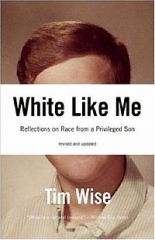
What is the primary message Wise is attempting to communicate? |
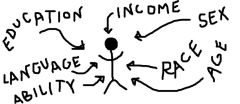
TimeWise portrays the idea of white privileged individuals as an existent damagingthing not only to color individuals but also to white. The goal is to eliminatethis privilege idea. In order to do it the book sets forward a path thatindividuals to take in order to remove this ideas and (try to) eliminate racismas well. |
|

What evidence (statistical and anecdotal) does he provide to show how white privilege operates on a daily basis?
|

Wise uses more anecdotal evidence throughout his book, he uses his own personal stories to prove his points. You can see this clearly in the beginning of the book of how he determine where he belongs. This first chapter is all about his life and how his family came about. In the rest of the book he shares more stories about his experience with other non-white individuals. |
|
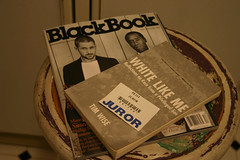
Can you link the information presented in the book with concepts discussed in class? Ex. Institutional racism, the burden of acting white, legal issues, housing, residential segregation, stereotyping, labeling, stigma, prejudice, discrimination, race lumping, aesthetics
|
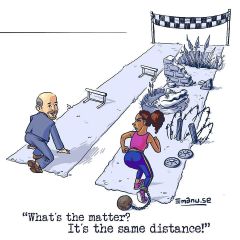
While readingthis book this book I kept thinking of the analogy of King of the Hill. Thedominant race has been in charge for a long time. Tim Wise in his book pointsout how white individuals never had stopped to think about their privilege lifeand how they promote racism without even trying. I tie this to the analogy insense that since they have been on “top” for a long period of time they neveractually experience what it is to be part of the minority group, so they don’t reallythink it is there problem. You can also connect most of the concepts learned thissemester. Society is constructed by labels applied to individuals. As WiseExplains in the Privilege chapter, whilegrowing up he experience many of the negative things that are tagged tonon-white individuals such as drugs and so on, except white individuals did notget such a negative feedback as minority individuals receive when dealing with drugs.
|
|
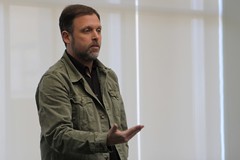
What parts of the chapter did you like and dislike?
|

Each chapter seemed to build upon each other, itwas a very easy book to read, but there was a lot of details in the stories.The stories jumped around and sometimes it was hard to follow. Overall theconcepts were good I enjoyed how Wise walked the audience through the processof what is the issue, what has been done by those who can do something, andwhat things they should do in the future to alleviate some of the conflict.
|
|
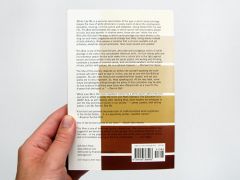
Were there any portions you considered unnecessary or irrelevant?
|
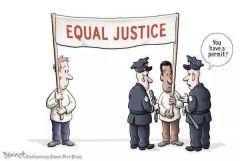
I think all the parts were necessary to explain, I do think someof the chapters had things that really didn’t have to go, but overall I thinkall the chapters had an idea that added to the importance of understanding whatis needed.
|
|
|
References |
· Tim Wise | COMM 345 | Page 2. (2017). Inequality2.comm.ccsu.edu.Retrieved 1 May 2017, fromhttp://inequality2.comm.ccsu.edu/index.php/tag/tim-wise/page/2/
Why It's So Important To Check Your Privilege. (2017). Odyssey. Retrieved 1 May 2017, from https://www.theodysseyonline.com/check-your-privilege
Quotes on Race and Privilege • Live Big. Love Deep.. (2017). Live Big. Love Deep.. Retrieved 1 May 2017, from http://www.staceyvalley.com/quotes-race-privilege/ Cite a Website - Cite This For Me. (2017). Theopenedbox.com. Retrieved 1 May 2017, from http://theopenedbox.com/wp-content/uploads/2013/08/white_privilege.jpg |

